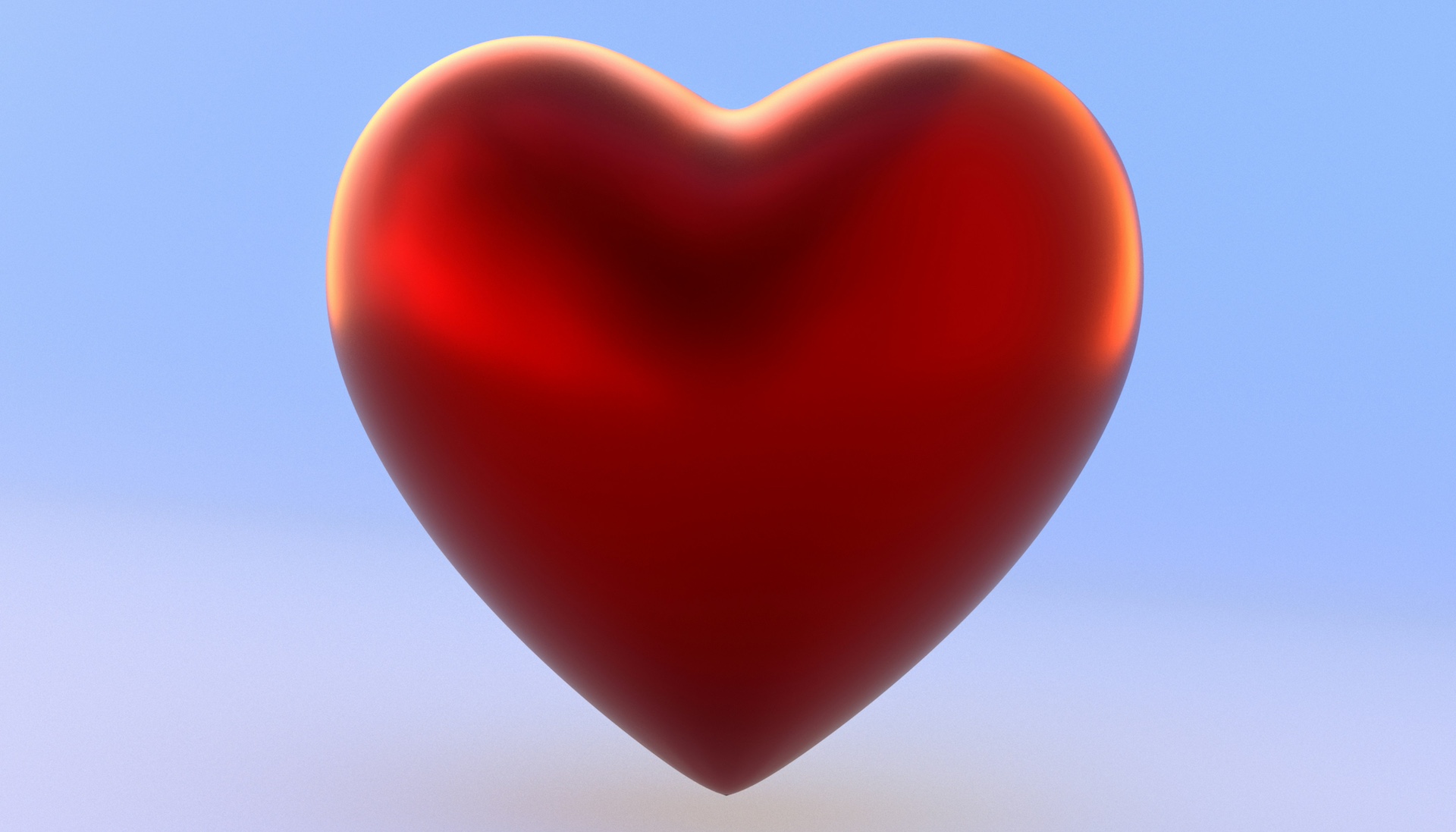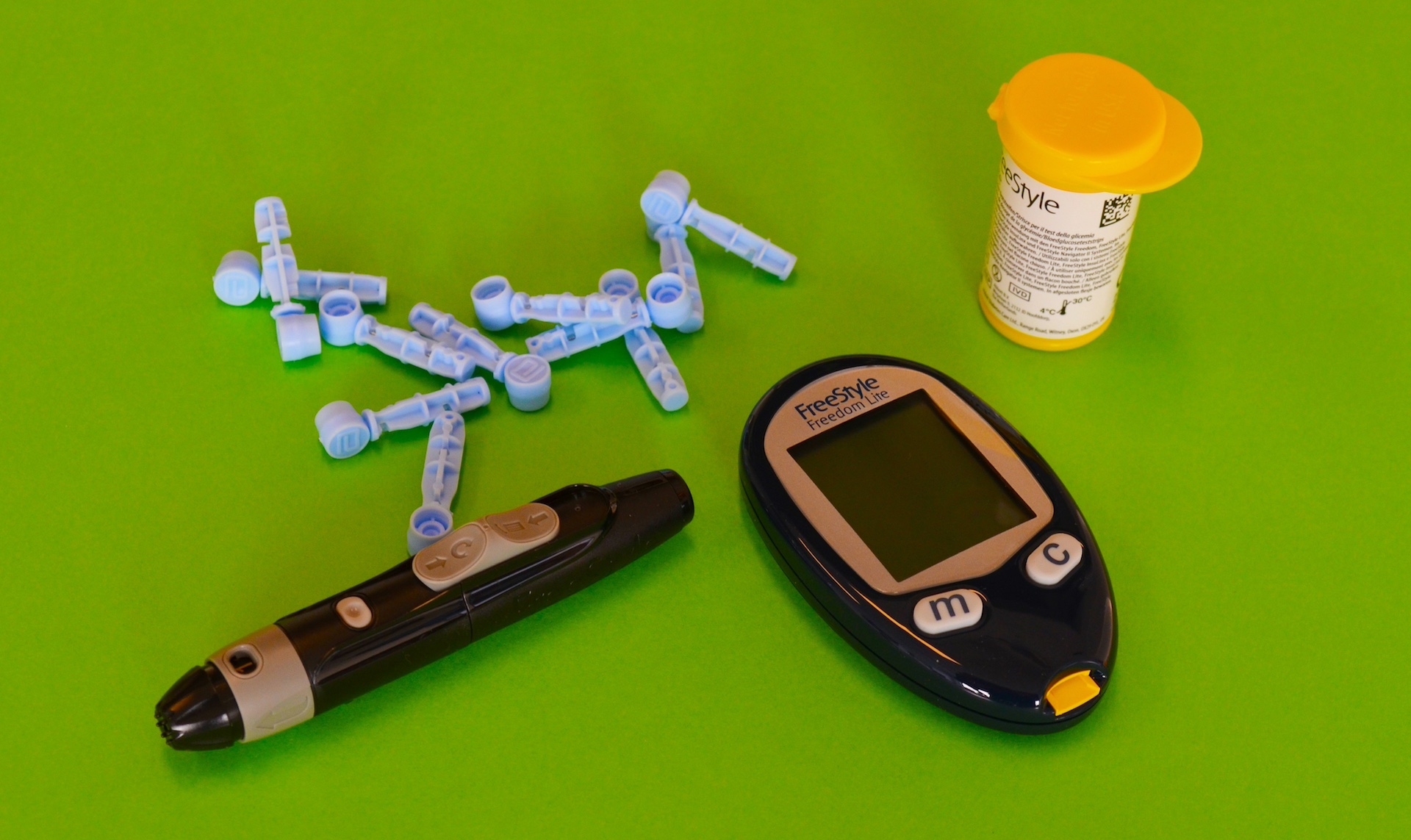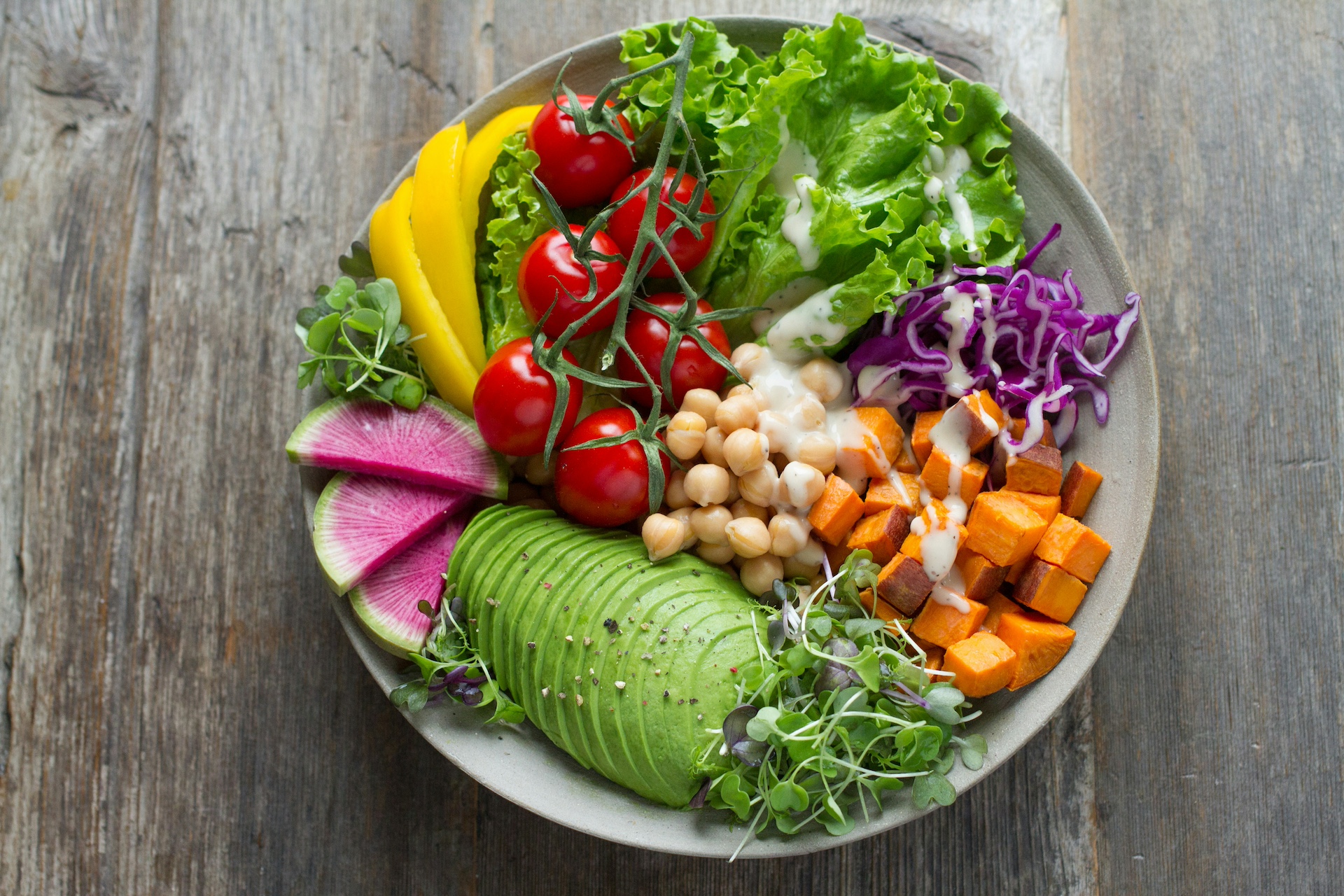Cut the Salt, Save Your Heart: How Sodium Impacts Your Heart Health
Cut the Salt, Save Your Heart: How Sodium Impacts Your Heart Health
As Salt is essential and it makes everything taste better. From basic to best dishes like fries to soup, it is impossible to resist. But there is one more side, the truth: excessive salt can damage your heart silently . If you care about staying healthy and active, it’s time to take a closer look at what sodium is doing to your body.
Why Should You Care About Sodium?
Your body does need a little sodium. It helps balance fluids, supports your nerves, and keeps your muscles (including your heart) working right. But—and it’s a big but—you only need about 500 mg of sodium a day. Most people eat five to six times that without even realizing it!
Too much sodium makes your body hold onto extra water. That added fluid increases your blood pressure. Over time, your heart has to work harder to pump blood through stiff, narrow arteries. That’s where the trouble starts—heart attacks, strokes, and even heart failure.
Here’s What Salt Does to Your Heart
You might not feel the damage right away, but behind the scenes, this is what’s going on:
Raises Blood Pressure: Salt pulls water into your blood vessels, increasing the pressure.
Wears Down Your Arteries: Constant pressure damages artery walls, making them weak and stiff.
Overworks Your Heart: Your heart has to pump harder, which can lead to an enlarged heart or even failure.
Boosts Stroke Risk: High blood pressure makes it easier for blood vessels in your brain to burst or get blocked.
Scary, right? But here’s the good news—you can fix it with just a few smart changes.
The Sneaky Sources of Salt
Think you’re not eating much salt because you skip the salt shaker? Think again. Most sodium hides in processed and packaged foods. Here’s where it sneaks in:
- Packaged snacks (chips, crackers, instant noodles)
- Canned soups and veggies
- Frozen dinners
- Bread and bakery items
- Deli meats and cheese
- Sauces, dressings, and ketchup
Next time you grab a packaged snack, check the label. You’ll be shocked.
How Much Salt Is Too Much?
The World Health Organization recommends less than 2,000 mg of sodium a day—that’s about one teaspoon of salt. But many people eat double that without knowing. No wonder high blood pressure is so common.
Simple Ways to Cut Back on Salt
You don’t have to give up flavor to eat less salt. Try these easy swaps:
- Cook Fresh Meals
Ditch the ready-made stuff. Fresh ingredients give you control over your salt intake—and taste better too!
- Spice It Up
Use herbs, lemon juice, garlic, and pepper to add bold flavor without the salt.
- Watch the Labels
Look for “low sodium,” “no salt added,” or “reduced sodium” on packaged foods.
- Be Restaurant Smart
Ask for sauces on the side, skip salty add-ons, and choose grilled over fried.
- Go Easy on Condiments
Ketchup, soy sauce, and salad dressings are salt bombs. Use them sparingly or find low-sodium versions.
Feel the Difference
Lowering your sodium can do wonders for your body. Within weeks, you may notice:
- Lower blood pressure
- Less bloating
- More energy
- Better heart health
- Fewer headaches
Plus, you’ll reduce your risk of heart disease and stroke. That’s a win.
Let’s Wrap It Up
Here’s the bottom line: cutting salt is one of the simplest, most powerful things you can do for your heart. You don’t need to quit salt forever—you just need to use less. Small changes add up fast.
So next time you're cooking or shopping, think about your heart. Your future self will thank you.. If you care about staying healthy and active, it’s time to take a closer look at what sodium is doing to your body.
Related Blogs
Expertise you can trust: Meet our esteemed doctors who bring exceptional knowledge, compassion, and innovation to provide top-notch care for your health and well-being.










